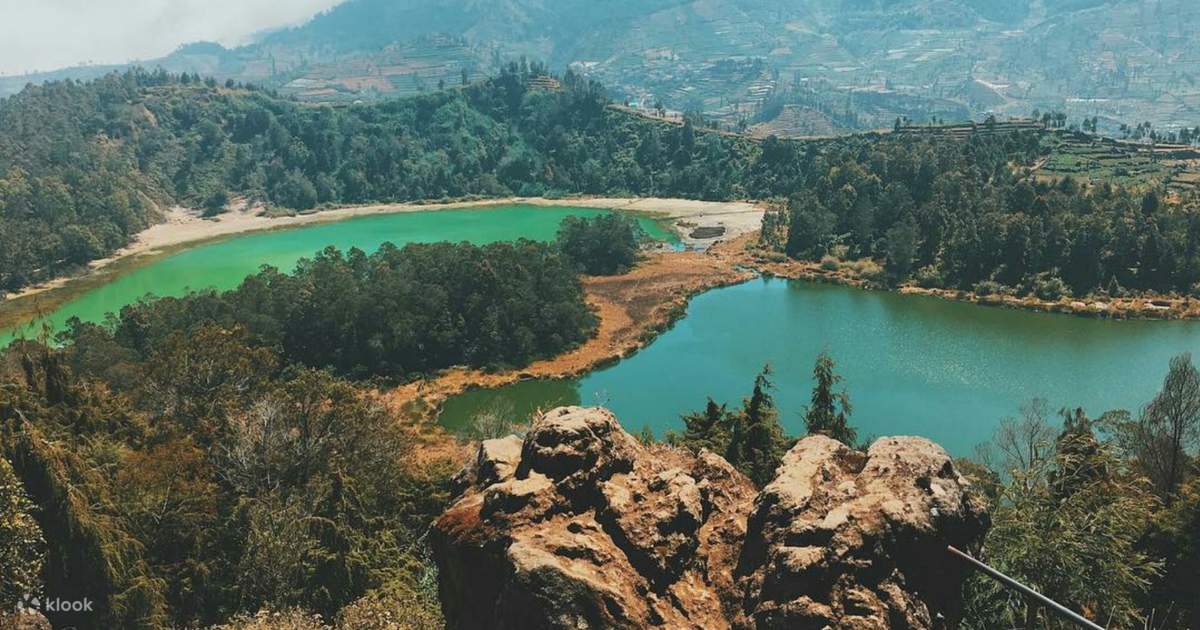Yogyakarta, often referred to as the cultural heart of Indonesia, boasts a rich history and vibrant heritage that has captivated the hearts of both locals and tourists alike. One of the best ways to explore and immerse oneself in the historical tapestry of Yogyakarta is through Heritage Walks, guided historical tours that take participants on a journey through the city’s iconic landmarks, ancient structures, and hidden gems. This article delves into the charm of Heritage Walks in Dieng Sunrise Tour from Yogyakarta, shedding light on the significance of these guided tours in preserving and promoting the city’s cultural heritage.
Unveiling Yogyakarta’s Heritage
Yogyakarta, nestled on the island of Java, is home to a myriad of cultural treasures that reflect the richness of Indonesia’s past. From the awe-inspiring Borobudur Temple to the mystical Prambanan Temple, the city serves as a living testament to the amalgamation of Hindu and Buddhist influences that have shaped its identity over the centuries. Heritage Walks offer a unique opportunity for locals and visitors to connect with this historical tapestry, providing a deeper understanding of the city’s evolution.
The Role of Heritage Walks
Heritage Walks play a crucial role in preserving and promoting Yogyakarta’s cultural heritage. By guiding participants through key historical sites, these tours not only educate but also create a sense of awareness regarding the importance of preserving architectural marvels and cultural traditions. Moreover, Heritage Walks contribute to the economic growth of the region by attracting tourists and fostering a sense of pride among the local community.
Exploring Yogyakarta on Foot
The charm of Heritage Walks lies in the experience of exploring Yogyakarta on foot. Participants are led by knowledgeable guides who narrate the stories behind each historical site, providing insights into the cultural significance and architectural marvels. Walking through the bustling streets of Yogyakarta, tourists can witness the seamless blend of tradition and modernity, as well as interact with locals who add a personal touch to the tour experience.
Iconic Stops on the Heritage Walk
- Borobudur Temple: A UNESCO World Heritage Site, Borobudur is a colossal Buddhist temple that dates back to the 9th century. Heritage Walks often commence with a visit to this iconic monument, allowing participants to marvel at its intricate carvings and panoramic views of the surrounding landscapes.
- Prambanan Temple: Dedicated to the Hindu trinity of Brahma, Vishnu, and Shiva, Prambanan is another architectural masterpiece. Heritage Walks provide participants with the opportunity to explore the temple complex and learn about the myths and legends associated with its creation.
- Kraton Yogyakarta: The royal palace of the Sultan of Yogyakarta, Kraton is a living testament to the city’s royal legacy. Heritage Walks take participants through the grandeur of Kraton, where they can witness traditional Javanese architecture and gain insights into the courtly traditions that have endured through the ages.
- Taman Sari Water Castle: A unique blend of Javanese and Portuguese architectural styles, Taman Sari Water Castle served as a royal garden and retreat. Heritage Walks unravel the mysteries of this enchanting site, exploring its bathing pools, underground tunnels, and lush gardens.
Preserving Cultural Heritage
While Heritage Walks offer an immersive experience for tourists, their impact extends beyond the realm of tourism. These guided historical tours contribute significantly to the conservation of Yogyakarta’s cultural heritage. Funds generated from tour fees often go towards the maintenance and restoration of historical sites, ensuring that future generations can continue to appreciate the city’s cultural legacy.
Community Engagement and Empowerment
Heritage Walks also foster community engagement by involving local residents in the tourism industry. Local guides, often well-versed in the history and folklore of Yogyakarta, play a pivotal role in enhancing the overall experience for participants. The economic benefits derived from tourism help empower local communities, encouraging them to take pride in their cultural heritage and actively participate in its preservation.
Challenges and Opportunities
Despite the positive impact of Heritage Walks, there are challenges that need to be addressed. Sustainable tourism practices must be implemented to ensure that the influx of visitors does not compromise the integrity of historical sites. Striking a balance between tourism and conservation is crucial to guarantee the long-term preservation of Yogyakarta’s cultural heritage.
Furthermore, there is an opportunity to expand and diversify Heritage Walks to include lesser-known historical sites and cultural experiences. This not only provides tourists with a more comprehensive understanding of Yogyakarta’s heritage but also ensures that a broader range of historical sites receives the attention they deserve.
Conclusion
Heritage Walks in Yogyakarta Tour offer a captivating journey through time, allowing participants to connect with the city’s rich cultural tapestry. As guided historical tours continue to gain popularity, it is imperative to recognize their role in preserving, promoting, and celebrating the cultural heritage of Yogyakarta. By embracing sustainable tourism practices and actively involving local communities, Heritage Walks can contribute to the continued legacy of this enchanting city, ensuring that its historical treasures remain a source of inspiration for generations to come.












